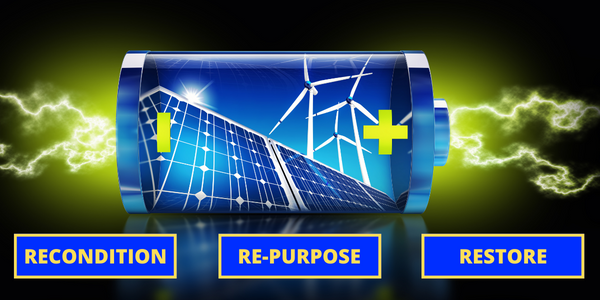Solid State Batteries are the way forward for EVs on numerous levels. However costs are currently high given that Solid State Batteries are still in development. Costs vary widely but are currently estimated at between $800/KWh and $400KW (by 2026). These costs may well hinder uptake and production of Solid State batteries. While costs for Li-ion batteries are estimated at $100/KWh this weighs heavily on commercial decisions. It is estimated that prior to 2030 cell levels will see 300 Wh/Kg (watt hour / kilogram). The widely accepted Li-ion units have become a go to not only because of price but of continued development. Price has been driven down while energy density have gone in the opposite direction.
However Lithium Ion still has significant safety concerns both in life and after life. If the Li-ion battery has been improperly manufactured or designed this presents a fire hazard. Similarly if a fault develops in the operating software of the EV. The major underlying issue is the use of organic liquid electrolytes. These electrolytes are volatile and when operating at high temperatures flammable. There are also the highly likely effects of a crash which can rupture the batteries and cause chemical leakage. Once a battery cell, for whatever reason, goes in to thermal runaway it becomes like a domino effect. The heat then causes adjacent cells to go in to thermal runaway. Each cell then ignites as each cell’s contents leaves the cell as it ruptures.
There are three types of Lithium-ion batteries, prismatic, cylindrical and pouch type. Each has the same functionality but each has it’s advantages and disadvantages. Tesla predominantly use cylindrical batteries, like prismatic batteries they are encased in a hard shell. The technology is tried and trusted and renders consistent results. The cells can also withstand substantial (internal) pressure without rupturing. Manufacturing costs are lower and therefore ideal for mass production. However cylindrical batteries, by virtue of their shape, can not be packed as densely and are also heavier. Prismatic batteries due to their shape (rectangular) can be assembled more densely though are more expensive with a shorter life cycle. Pouch type batteries, while more flexible, pose a greater fire risk.
There remain numerous issues covering Lithium-ion inclusive safety, the cost has fallen in recent years. The main component, by volume, in a Li-ion battery is ethylene carbonate which is flammable. While it lends stability to both the cathode and anode it remains a source of concern around toxic gassing and flammability. Solid state batteries have been embraced by Toyota and they confirm the first vehicle to launch with solid state batteries will be a hybrid. Toyota hope that the first vehicle to use this battery, likely a Prius, will be on sale by 2025. Solid state batteries will also have a much larger mileage capacity with quicker charge times. These solid state units will also have a longer battery life.
Toyota’s reasoning for implementing solid state batteries in hybrids initially is cost in that hybrids require smaller battery packs. Hybrids will present an ideal test scenario in that the smaller battery is charged more often (cycled). A paper published in 2017 by the co-founder of the Li-on battery and his fellow researcher detailed the solid state battery. The unit based on a glass electrolyte with high volumetric energy density with fast rates of cycling. The researchers John B. Goodenough and Maria Helena Braga. Solid state batteries address the majority of Li-ion concerns. The glass electrolyte provides three times higher energy density with an alkali-metal anode (lithium, sodium or potassium) which increases the energy density of the cathode and therefore delivers a long cycle life.

